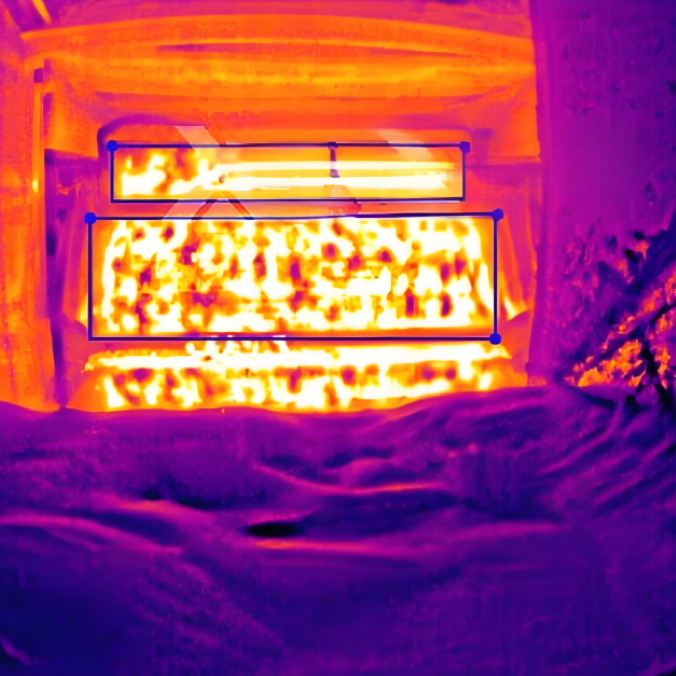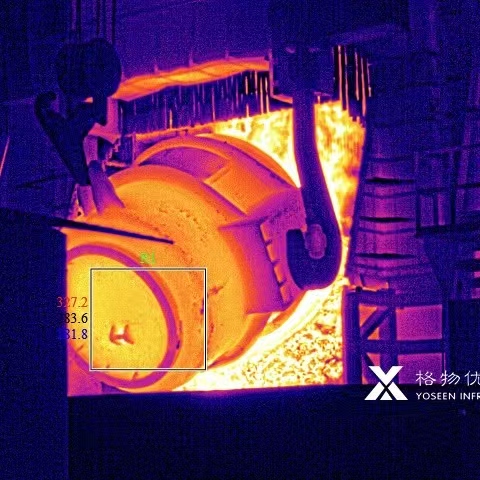Why is thermal imaging so expensive?

Optimize the thermal efficiency of the sintering process, reduce energy consumption, adjust the amount and distribution of solid fuel according to the temperature distribution of the material layer, avoid heat waste caused by excessive fuel or incomplete sintering caused by insufficient fuel, and reduce fuel consumption per ton of ore (such as reducing coke powder consumption by 5~10kg/t).
Thermal imaging devices are often expensive due to several technical and manufacturing factors. At the core, the infrared detector—the "eye" of the system—requires sophisticated materials and fabrication. For instance, high-performance detectors like cooled thermal sensors use cryogenic systems to maintain precision, driving up costs. Even non-cooled detectors, found in some "cheap thermal camera" models, rely on microbolometer arrays with intricate semiconductor processes, which aren’t inexpensive to produce at scale.
Optical components also play a role. Thermal imaging lenses must be made from specialized materials like germanium or zinc selenide to transmit infrared radiation, which are costlier than standard glass used in visible-light cameras. Additionally, the signal processing circuitry and software algorithms needed to convert raw thermal data into clear, calibrated images demand advanced engineering—factors that inflate the "thermal video camera price" for professional-grade systems.
Manufacturing complexities further contribute. Thermal cameras require tight quality control during assembly, including vacuum packaging for detectors and rigorous calibration to ensure accuracy. This precision manufacturing, coupled with the niche market for high-end "ir camera price" models (targeting industries like aerospace, firefighting, or medical diagnostics), means economies of scale are limited, keeping prices elevated. While budget-friendly options exist, they often compromise on resolution, frame rate, or temperature range, highlighting why professional thermal imaging remains a premium technology.


